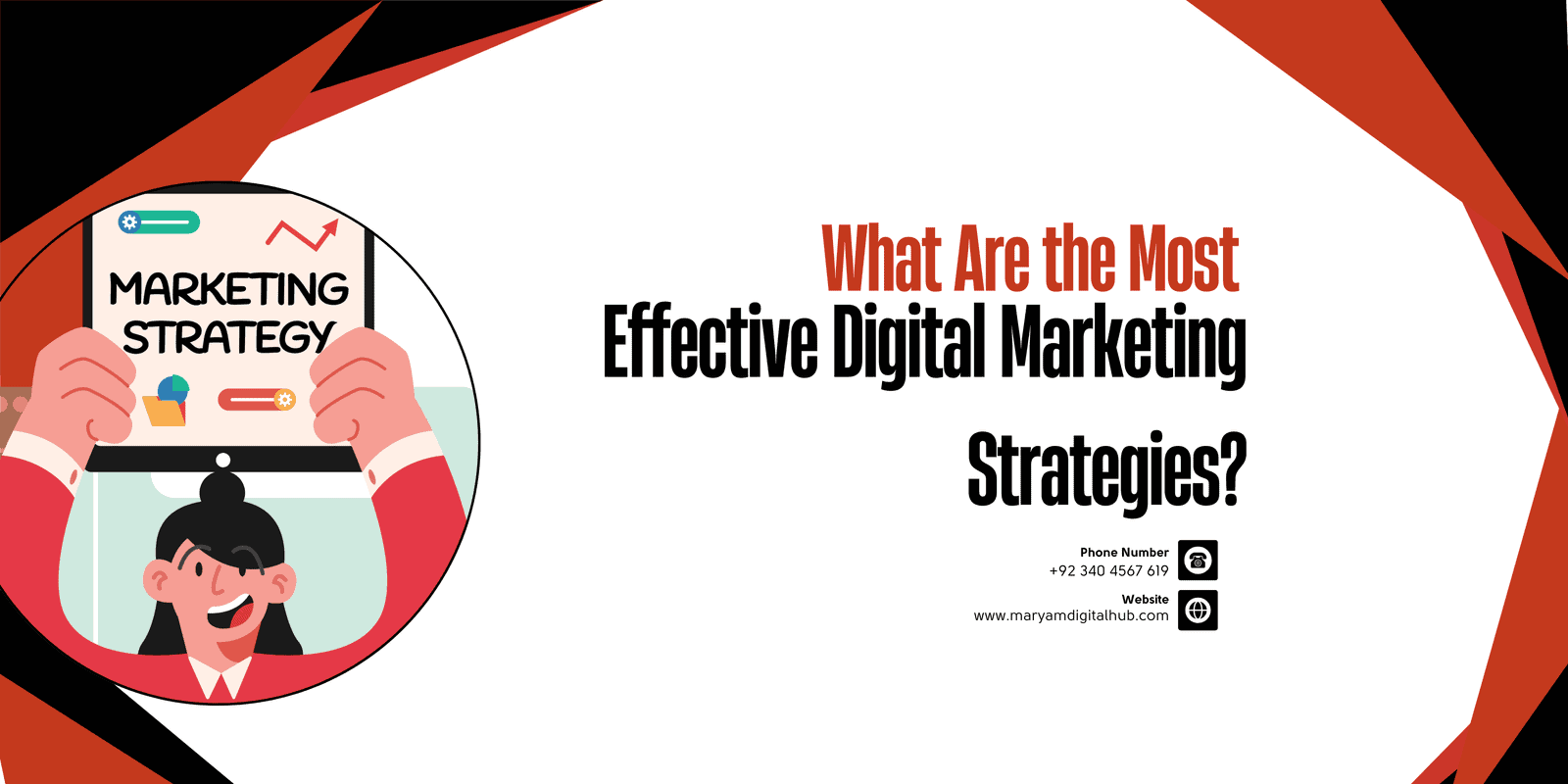In today’s digital world, great UI/UX design is more than just making a website look attractive. It’s about understanding how users think, behave, and interact. By using principles of psychology, designers can create experiences that feel intuitive, enjoyable, and engaging. Let’s explore how user experience design impacts user behavior and why it’s important for any successful website development project.
Table of Contents
ToggleWhat Is UI/UX Design?
UI and UX design are two key elements of creating a seamless digital experience.
- UI design (User Interface Design) focuses on the look and feel of a product. It involves visual elements like buttons, colors, typography, and layout. A well-crafted UI design website creates a visually pleasing interface that users enjoy exploring.
- UX design (User Experience Design) is about how users interact with the product. It’s the process of ensuring that navigation feels easy, logical, and problem-free. Good UX design UI design work together to improve usability and satisfaction.
When combined, UI UX design helps shape how users perceive and interact with your website or app.
The Psychology of Design: Why It Matters
Human psychology plays a significant role in how users interact with digital products. Whether it’s a website, app, or any digital interface, people respond to design in ways influenced by how their minds work. By understanding these behaviors, designers can create more intuitive, engaging, and effective experiences. Let’s break down why psychology is essential in UI/UX design:
1. Cognitive Load and Simplicity
The human brain can only process so much information at once. Overloading users with too many choices, excessive text, or complex visuals increases cognitive load, making the experience overwhelming. A simple, well-organized design reduces this strain, enabling users to focus on their goals effortlessly. For instance:
- Limiting menu options helps users make decisions faster.
- Using minimalist layouts makes content easier to digest.
By keeping designs simple, you guide users to the most important parts of your website without unnecessary distractions.
2. Emotional Triggers and Color Psychology
Colors evoke emotions and influence behavior. For example, blue is often associated with trust and reliability, making it popular among banks and tech companies. On the other hand, red conveys urgency, which is why it’s frequently used in sales and call-to-action buttons.
Understanding these emotional triggers enables designers to create user interface designs that resonate with users and drive specific actions.
3. The Role of Familiarity
People prefer what they already know—this is called the “mere exposure effect.” Familiar design patterns, such as a navigation bar at the top or a shopping cart icon in the upper right corner, create a sense of comfort and predictability. When users encounter familiar elements, they feel more confident using a product, which leads to better engagement.
4. Visual Hierarchy and Attention
Users don’t read websites—they scan them. Visual hierarchy helps guide their eyes to the most important elements first. Larger fonts, bold colors, or prominent placement draw attention to specific sections, such as headlines, calls-to-action, or key visuals. For example:
- Placing a “Buy Now” button in a contrasting color ensures it stands out on the page.
- Using bold headings organizes content, making it easier to navigate.
Without a clear hierarchy, users might feel lost or confused, which can lead to frustration and higher bounce rates.
5. The Power of Micro interactions
Microinteractions, like subtle animations or hover effects, enhance interaction design by providing instant feedback. For instance:
- A button changing color when hovered over reassures the user that it’s clickable.
- A loading spinner lets users know their request is being processed.
These small details improve the overall user experience design, making it feel more dynamic and user-friendly.
6. Trust and Credibility
Users decide whether to trust a website within seconds of visiting it. Clean layouts, consistent branding, and professional UI and UX design build trust. On the other hand, broken links, outdated visuals, or poor usability can quickly erode credibility, causing users to leave.
By applying these psychological principles to UI/UX design, you can create a product that not only looks great but also aligns with how users think, feel, and behave.
How UI/UX Design Influences User Behavior
1. Building Trust Through Design
A well-designed website feels professional and reliable. When users trust a website, they are more likely to stay, explore, and make purchases. This is why investing in quality UI and UX design is critical for any business.
2. Improving Navigation
Good user experience design makes navigation seamless. Clear menus, easy-to-understand icons, and logical layouts encourage users to spend more time on your site.
3. Encouraging Interaction
Engaging UI design encourages users to take action, whether it’s signing up for a newsletter, clicking on a product, or completing a purchase. Interactive elements like animations and hover effects add an extra layer of engagement.
Key Tips for Designing a Great Website
If you’re planning to design a website, here are some tips to keep in mind:
- Start with Research: Understand your target audience and their preferences.
- Focus on Usability: Ensure every element serves a purpose and is easy to use.
- Test Your Design: Conduct user testing to identify any areas of confusion or improvement.
- Combine UI and UX: Balance aesthetics with functionality for the best results.
Why UI/UX Design Matters for Website Development
Incorporating UI/UX design into website development can significantly improve your business outcomes. A website that looks great and works flawlessly keeps users engaged and loyal. Whether it’s improving interaction design or crafting an intuitive layout, investing in user interface design is key to creating lasting impressions.
Conclusion
The psychology behind UI/UX design reveals how design choices impact user behavior. By focusing on simplicity, color, and usability, designers can create a seamless and enjoyable experience for users. Whether you’re planning to design a website or improve an existing one, prioritizing user experience design ensures that your website stands out in today’s competitive digital space.
FAQs
UI design focuses on the visual and interactive elements of a website or app, like buttons, colors, and layouts.
UX design is about the overall experience of the user, ensuring the product is easy to use, functional, and meets the user’s needs. Both work together to create a seamless and engaging user experience.
Psychology helps designers understand how users think, behave, and make decisions. By applying principles like cognitive load, visual hierarchy, and emotional triggers, designers can create intuitive and effective designs that guide users naturally through the interface.
Colors evoke emotions and influence decisions. For example:
Blue builds trust and reliability.
Red creates urgency and grabs attention.
Green symbolizes growth or success.
Choosing the right colors in UI/UX design helps shape how users feel and act while interacting with a product.
Simplicity reduces cognitive load, making it easier for users to navigate and interact with a website or app. Clean, uncluttered layouts improve usability, while too much information or complex designs can overwhelm users and cause frustration.
Great UI/UX design improves user satisfaction, increases engagement, and builds trust. When users find a website or app easy to use and enjoyable, they’re more likely to stay, return, and convert into customers, ultimately boosting revenue and brand loyalty.





